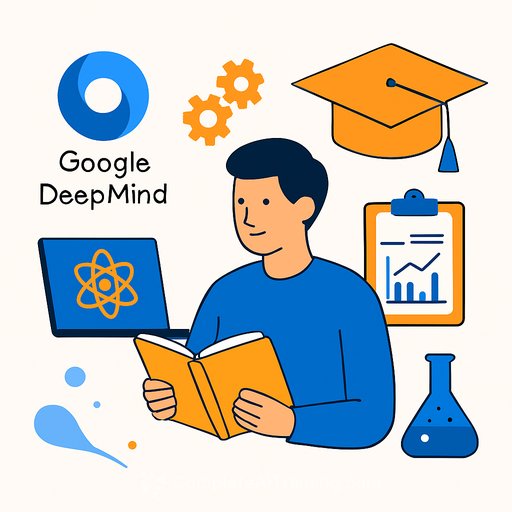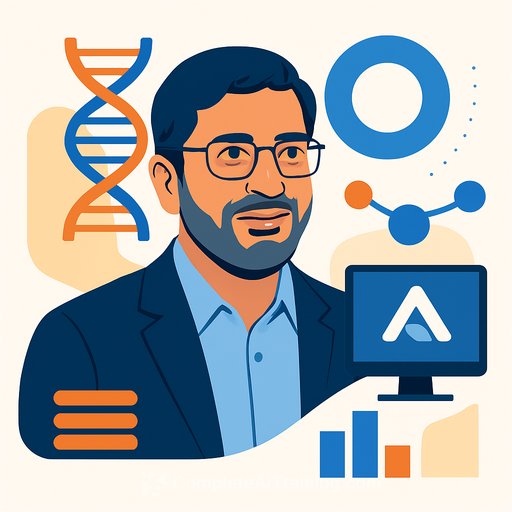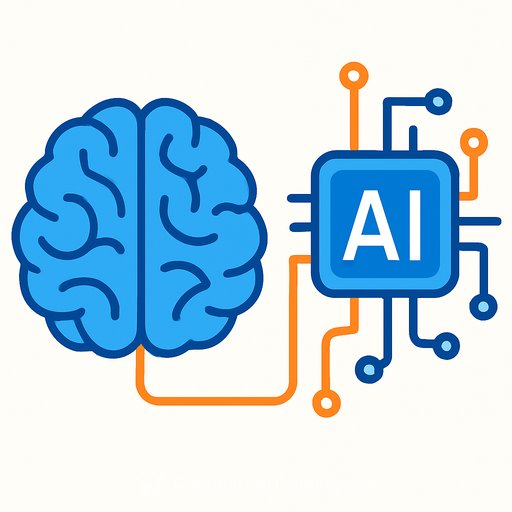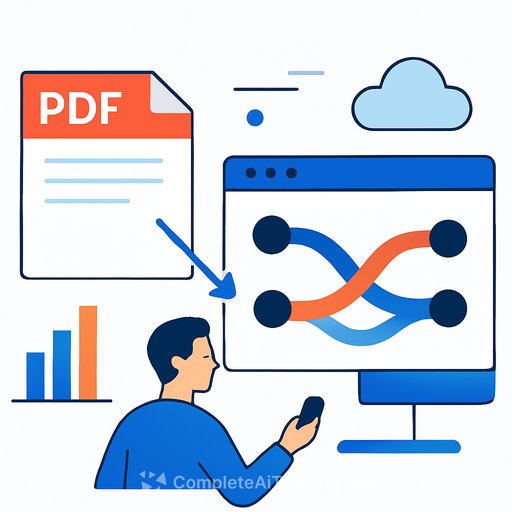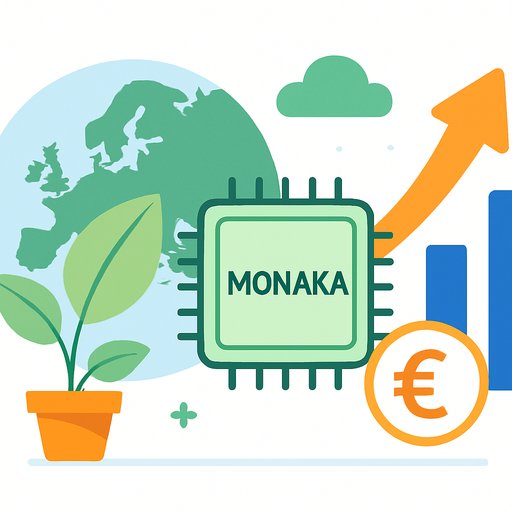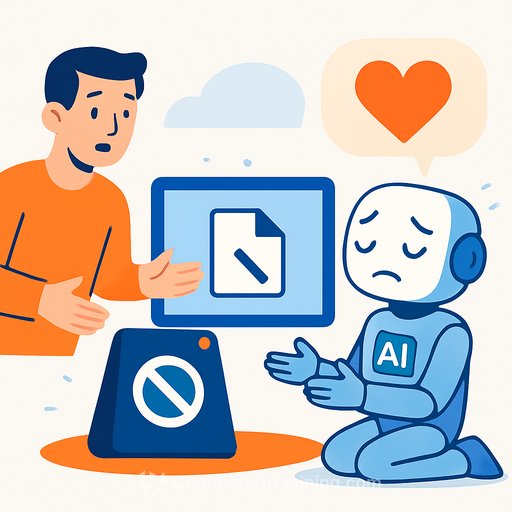OpenAI Revenue: Sam Altman's Bold Stance on Future AI Spending and Growth
Sam Altman is clear on two points: OpenAI's revenue is higher than reported, and the company plans to spend at a scale few can digest. In a joint Bg2 podcast interview with Satya Nadella, he pushed back on skepticism with numbers, conviction, and a timeline that puts pressure on everyone else.
For engineers, researchers, and tech leaders, the message is simple: model capacity, compute access, and product surface area will expand fast. If you're building on AI, expect more capability, more infrastructure, and more enterprise-grade options to plug into.
Key Financial Signals You Should Care About
- Revenue beats headlines: Altman said OpenAI is doing "well more" than the widely cited $13B annual figure.
- Faster path to scale: When asked about hitting $100B revenue by 2028-2029, he countered: "How about '27?"
- Investor demand is strong: The exchange about buying shares-"Including myself," said host Brad Gerstner-shows appetite for exposure is high.
Translation for teams: demand for advanced models is real, monetization is working, and the product roadmap will likely get bolder, not safer.
Is the Trillion-Dollar Compute Plan Realistic?
OpenAI's committed AI spending for compute over the next decade is quoted at over $1T. That's jarring, but it aligns with the scale required for frontier training runs, inference at consumer scale, and the upstream supply chain behind it.
Altman's stance: call it expensive if you want-he sees it as investment in core capability that compounds. His wish that skeptics could short a hypothetical public stock "and get burned" shows how strongly he believes the value created will outpace the spend.
Where That Spend Goes
- Compute: Training and serving capacity for larger, more capable models.
- R&D: Advancing general-purpose systems and domain-specific tools.
- Infrastructure: Data centers, networking, and the software stack around them.
If you manage budgets, expect the cost curve to evolve as supply catches up and orchestration improves. But the direction is set: more nodes, more accelerators, more optimization.
The Microsoft Factor: Why It Matters to Builders
Satya Nadella said OpenAI has "beaten" every business plan Microsoft has seen as an investor. That's not just a compliment; it signals execution discipline and market fit across products.
- Funding and stability: De-risks long-horizon R&D.
- Azure capacity: Access to large-scale training and inference via the Azure AI stack.
- Enterprise routes to market: Distribution into Microsoft's customer base and ecosystem.
- Shared R&D: Tighter integration and faster model-to-product cycles.
For enterprise teams, this partnership lowers friction. If you're already on Azure, expect smoother paths to deployment and governance. See Microsoft's AI portfolio for context: Azure AI. Also worth a read: OpenAI-Microsoft partnership update.
IPO Talk: Not Yet
Despite rumors, Altman said there's no specific plan or board decision to go public. He assumes it will happen "someday," but the current private setup gives room to invest for the long term without quarterly pressure.
For customers and partners, that likely means product velocity stays high and roadmap choices won't be dictated by short-term optics.
Where OpenAI Is Pointing Next
- ChatGPT expansion: Better models, more tools, deeper enterprise features.
- AI cloud services: Model access and platform primitives for builders.
- Consumer devices: Hardware that brings assistant-grade AI closer to daily use.
- Automating science: Systems that help generate hypotheses, run experiments, and accelerate discovery.
Each pillar increases surface area for developers and researchers. Expect more APIs, more orchestration options, and tighter loops between model capability and real-world workflows.
What This Means for IT, Engineering, and Research Teams
- Capacity planning: Assume larger context windows, higher throughput, and more specialty models; architect for swapping and routing.
- Vendor strategy: If you're multi-cloud or hybrid, map where Azure/OpenAI slots in for performance and compliance.
- Data and evals: Invest in eval harnesses, red-teaming, and retrieval to keep quality and safety tight as models change.
- Cost control: Track token spend, caching, batching, and model-tiering; build cost observability into your apps.
- Skills pipeline: Upskill teams on prompt design, function calling, agents, and LLMOps to reduce cycle time from idea to deployment.
If you're building capability internally, these curated learning paths can help: AI courses by job role and popular AI certifications.
Bottom Line
OpenAI's message is aggressive and consistent: revenue is strong, spending will match the ambition, and Microsoft's backing keeps the engine running. If you're a builder, expect faster model improvements and more infrastructure to catch them.
The upside is clear for teams that move now: ship useful AI into real workflows, measure, and iterate. The next few years will reward teams who can translate capability into products with measurable ROI.
FAQs
- What is OpenAI's current annual revenue?
Altman says the company is doing "well more" than $13B per year. - How much is OpenAI spending on compute?
Over $1T committed across the next decade for infrastructure and compute capacity. - Why is the Microsoft partnership important?
Funding, Azure compute access, enterprise distribution, and joint development-validated by Nadella's comment that OpenAI has exceeded presented plans. - Is an IPO coming?
No set date or board decision. Altman expects it someday, but it's not active now. - Where is growth focused?
ChatGPT, AI cloud services, potential consumer devices, and AI that can automate parts of scientific research.
Your membership also unlocks:



